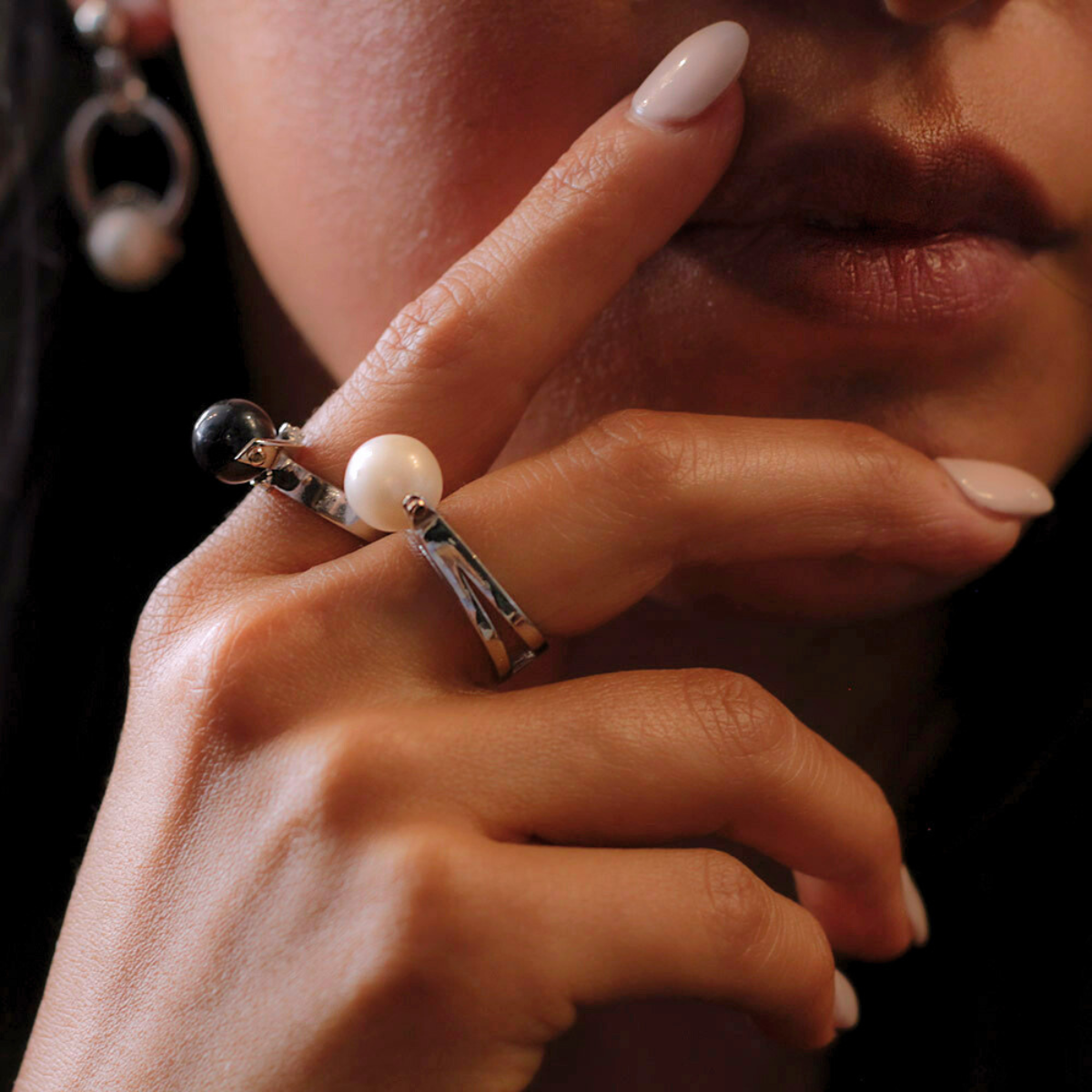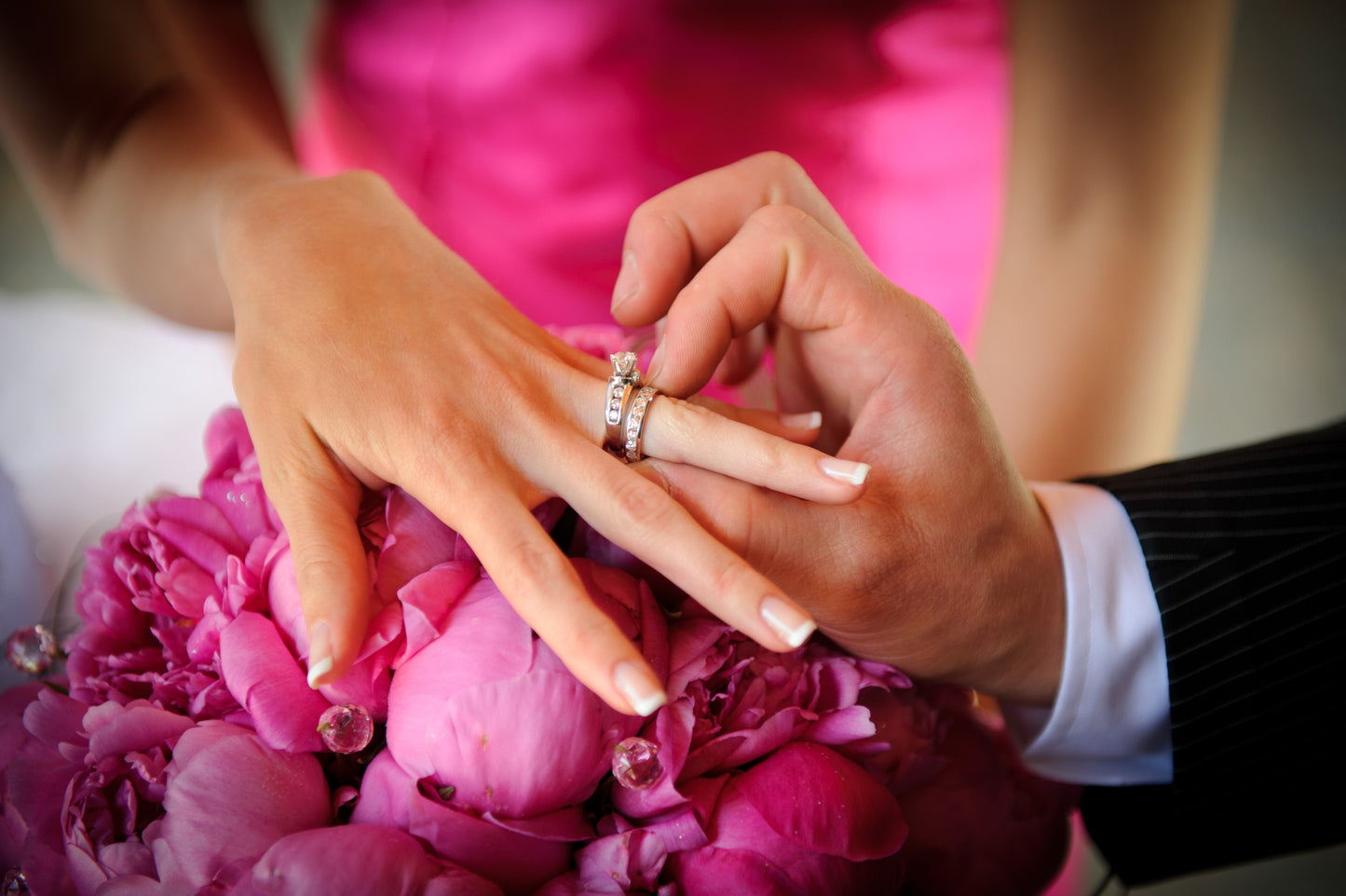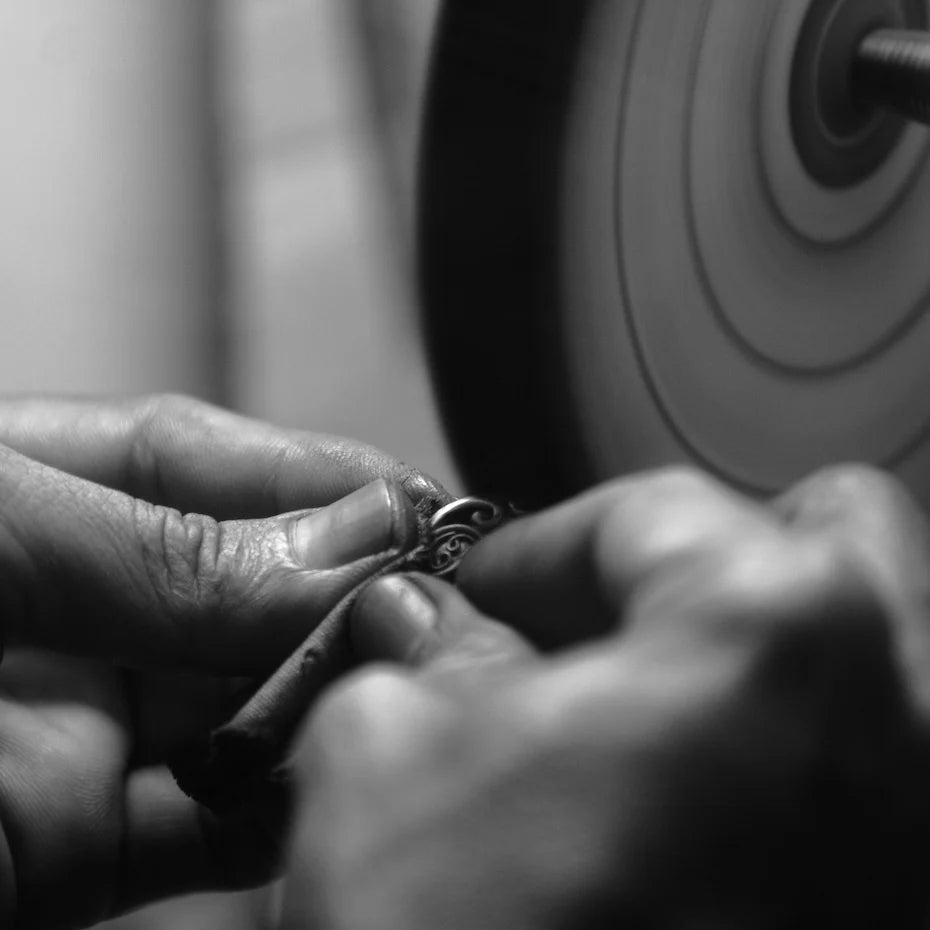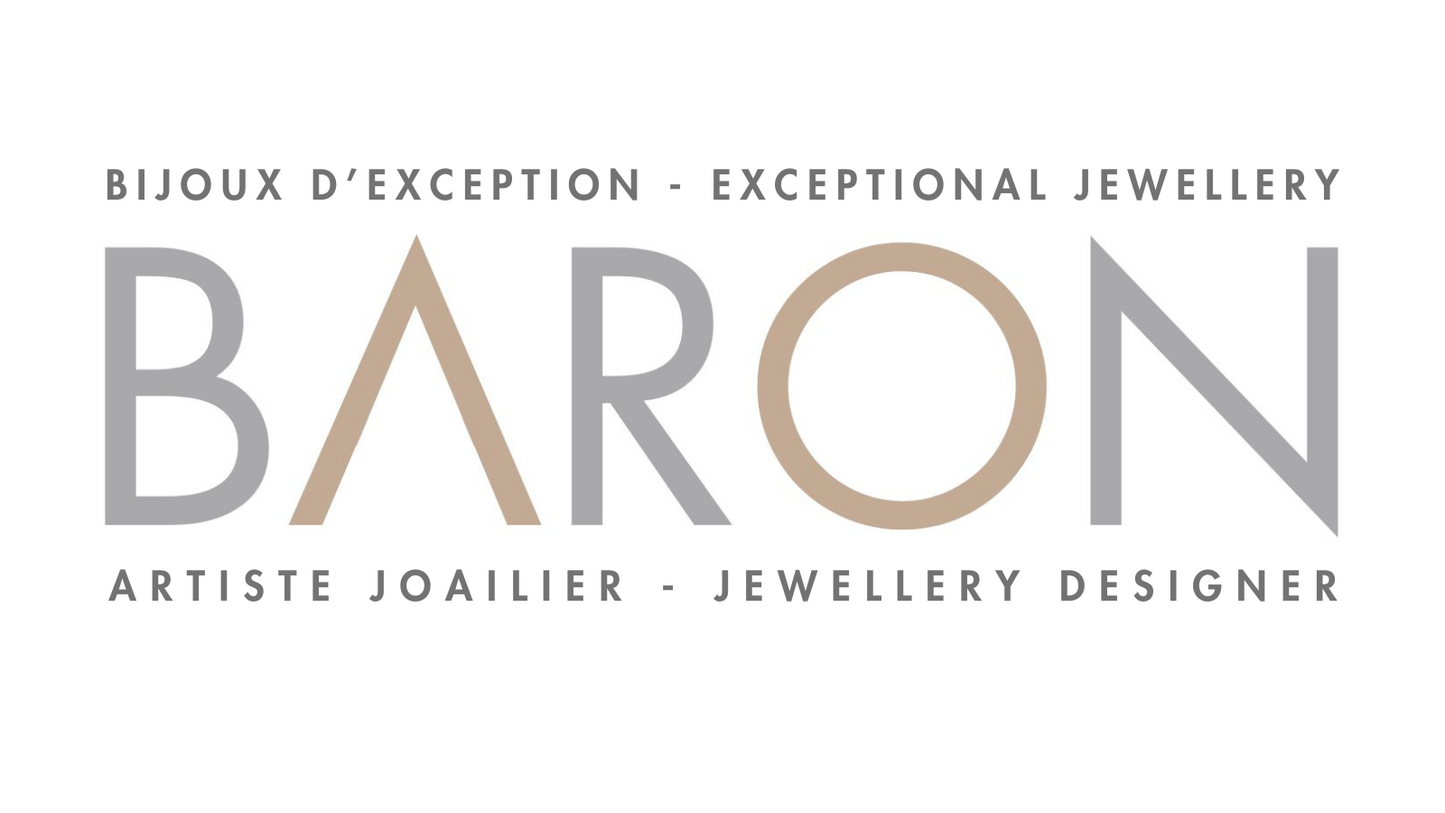
Introduction
For a long time now, Daniel and I have not been surprised to receive clients who have no idea of the process involved in creating a piece of jewelry! The truth is, unless they take steps to have a special creation or a transformation of jewelry belonging to our clients made, where we explain all the phases in detail, people are simply not aware of the steps to achieve this and the information available is very limited, if not zero!
So, we thought you might like to know more and will try, through this blog, to simplify the process!
Most people think jewelry is made in a factory, much like a car or a toaster. They imagine a very modern and sophisticated assembly line with robots and supervisors ensuring the job is done right. In fact, they imagine modern methods in a very ancient industry. And while many things are possible today thanks to new technologies in jewelry manufacturing, the fact remains that the production methods used for generations have not been replaced.
So….how do you make a ring in 2021?
1 - The model….the design
The first step, like most ideas, begins in someone's head. The artist will scribble a drawing on paper of what he imagines or it will be "drawn" in a computer-aided design program (better known by the acronym CAD in English). This process will create the basis for the construction of a model that will be used to create the real ring. But we must not imagine that the machine can replace the man...or the woman! Indeed, computer constructions are not perfect and above all are directly influenced, for good or bad, by the person who operates the software and the experience that the latter has in jewelry. It is one thing to draw on a computer...it is another when it comes time to execute the design!
In our house, Daniel is the artist and draws "on paper" and it is very rare that he uses computer design. It is truly "handmade" and watching him sculpt a model is very impressive. We will make a vlog about it soon!
2 - The wax model
The second step is the creation of the wax ring. This step is also the longest and takes the most time/precision, even using computer design. When creating from a drawing, the artist must physically sculpt the piece in wax (different types of wax depending on the need), with defined tools to sculpt it. The costs for this step will vary depending on the degree of complexity of the model to be created. The same ring in CAD will be a little less expensive but changes take longer to make. This is one of the reasons why we hand-sculpt all our designs. This way, we maintain control over the development of the design and can make changes quickly, sometimes even in front of the client. It doesn't get more "custom" than that!
So, once the wax is finished, it will be the exact replica of the ring which will be made of metal.
3 - The casting
This step is simple yet complex at the same time. Let's say we want to cast our ring in 14K white gold. We use the term "karat" to help measure the purity of gold. The karat of gold has an impact on the weight of the ring. The higher the karat, the heavier the ring will be. You should also know that pure gold is 24 karats (24 parts out of 24 parts of the piece being pure gold with no trace of other metal). With a characteristic bright yellow color, 24 karats is the highest degree of purity for this precious metal. No jewelry retailer can therefore supply a piece of jewelry in 25 karat or 26 karat gold!!! And if that's the case... RUN !!!
However, gold is a soft, flexible and therefore malleable metal. Thus, objects made of pure gold are exposed to shocks and can be subject to deformation and scratches. In jewelry, it is therefore mixed with one or more other metals to increase its rigidity. As a result, this mixture will influence the degree of purity of the metal and therefore the gold content. When we cast a 14K ring, there will be 14 "parts" of gold and 10 "parts" of alloy (often copper or silver but there are also platinum, nickel, zinc or even manganese).
Finally, it is important to remember that the value of a gold jewel depends on three factors: Its weight (in grams); S in carat gold (10-14-18-21K); The value of gold at the time of estimation (defined on the stock market and constantly fluctuating).
The casting steps themselves are a bit difficult to visualize and we will probably make a more detailed video on the whole process later.
To simplify things at this point, let's say that the wax that has been sculpted will be ''pricked'' on a shaft (conical rubber base) and inserted into an empty steel tube. The empty part is filled with plaster of Paris and the whole thing is put under vacuum to remove the air in the mold. This step is crucial because, if done incorrectly, there is a risk that our ring will be poorly formed or that we will see signs of porosity. Either way, the risk of having to redo the entire wax is very possible at this stage! So, notice to amateurs!
--------------------------------------------------------------------------------
In the second part of this blog, we will see how our ring will be cast in white gold and how it could be cast in another metal, but above all how it can be reproduced in millions of copies.
In the 3rd part, it will be the finishing stages that it will undergo after casting to arrive at this magnificent ring!!!



